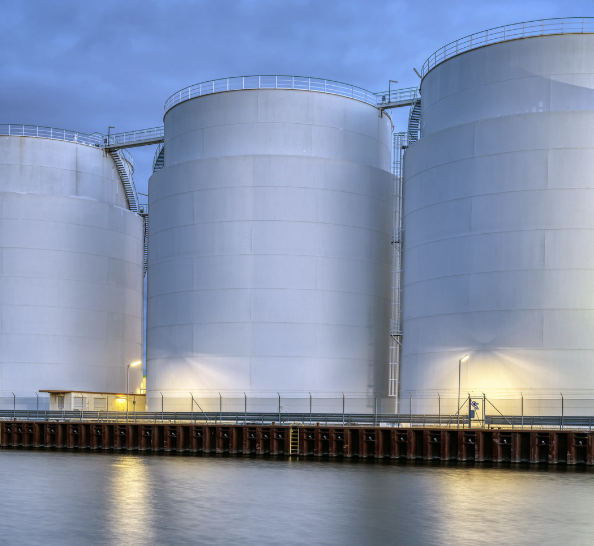The International Energy Agency said in its most recent medium-term market analysis, which was named Oil 2024, that the rise of oil consumption was expected to slow down before reaching its peak at 106 million barrels per day by the year 2030
In addition, the International Energy Agency (IEA) forecasts that the total oil production capacity would increase to over 114 million barrels per day by the year 2030. This is an astounding 8 million barrels per day more than the anticipated demand on a worldwide scale.
These trends may potentially have “significant consequences” for the oil markets, according to the warning.
A spike in global oil production driven by the United States is likely to outpace demand growth between now and the end of the decade, according to a statement released by the International Energy Agency on Wednesday. This would push spare capacity to levels that have never been seen before and may possibly disrupt the market management of OPEC and its allies.
Fatih Birol, the Executive Director of the International Energy Agency (IEA), issued a strong warning to Big Oil in response to the prognosis. He recommended that the world’s top energy giants may want to match their business objectives with the changes that are taking place.
The global energy watchdog said in its most recent medium-term market analysis, which was named Oil 2024, that the rise of oil consumption was expected to slow down until finally reaching its high of around 106 million barrels per day by the year 2030. As of 2023, this is an increase from little more than 102 million barrels per day.
In addition, the International Energy Agency (IEA) forecasts that the total oil production capacity would increase to over 114 million barrels per day by the year 2030. This is an astounding 8 million barrels per day more than the anticipated demand on a worldwide scale.
In 2020, when the Covid-19 lockdowns were at their peak, the International Energy Agency (IEA) predicted that this would result in levels of spare capacity that had never been seen before.
It issued a warning that these trends might have “significant consequences” for oil markets, notably for the shale sector in the United States and producing economies in OPEC and abroad.
The International Energy Agency’s Birol said in a statement that “growth in global oil demand is slowing down and set to reach its peak by 2030.” This is due to the fact that the economic recovery is losing speed, renewable energy transitions are progressing, and the structure of China’s economy is shifting.
In addition, he said that the estimates of this analysis, which are based on the most recent data, indicate that a significant supply surplus is expected to emerge over this decade. This indicates that oil businesses may want to ensure that their business strategies and plans are prepared for the changes that are occurring.
At the same time as nations are working to wean themselves off of fossil fuels, the study comes at a time when there is growing momentum behind technology that are clean and save energy. The most significant contributor to the current climate issue is the fact that fossil fuels like coal, oil, and gas are being used.
According to the International Energy Agency (IEA), the proportion of fossil fuels in the world energy supply has been relatively stable at over 80 percent for many decades, although the organization anticipates that this proportion will decrease to approximately 73 percent by the year 2030.
A greater decline in oil consumption is expected in developed economies.
Despite the fact that the increase of oil consumption is predicted to slow down, the International Energy Agency (IEA) observed that oil demand is still expected to be around 3.2 million barrels per day higher by 2030 than it was in 2023. This is the case even if greater policy measures or behavioral adjustments are not implemented.
According to the report, this expansion is primarily driven by sustained demand from rapidly expanding nations in Asia, as well as the aviation and petrochemical industries.
However, according to the International Energy Agency (IEA), the demand for oil in developed nations is expected to fall below 43 million barrels per day by the year 2030. This is a significant decrease from the over 46 million barrels per day that was seen in the previous year. The International Energy Agency (IEA) said that the last time oil consumption from industrialized nations was as low was in 1991, with the exception of the coronavirus epidemic.
To reach net zero emissions by the year 2050, the International Energy Agency (IEA) issued a historic study in 2021 that advocated against the construction of new oil, gas, or coal projects.
Several producers who are members of OPEC and other organizations have voiced their disapproval of the results of that research. These producers call for dual investment in hydrocarbons and renewable energy until green energy can satisfy the requirements of world consumption on its own.
OPEC+ is a prominent energy alliance that is comprised of both OPEC and non-OPEC partners. Saudi Arabia is the leader of this powerful alliance.



